Hello Compatriot!!!
Remember this???
COINS NOTES
1/2 KOBO 5 NAIRA
1 KOBO 10 NAIRA
3 KOBO 20 NAIRA
10 KOBO 50 NAIRA
25 KOBO 100 NAIRA
50 KOBO 200 NAIRA
1 NAIRA 500 NAIRA
1000 NAIRA
While under colonial influence, the monetary system of Nigeria was controlled by the West African Currency Board (WACB) which issued banknotes and coins to the West African countries of Nigeria,The Gambia, Ghana and Sierra Leone between 1912 and 1959.
The West African Currency Board had to wind up on July 1, 1959 when the Central bank of Nigeria commenced operations (though it was established in March 1958 by the CBN ACT of 1958) by issuing the first Nigerian banknotes that bore the inscription 'FEDERATION OF NIGERIA' but was later changed to 'FEDERAL REPUBLIC OF NIGERIA' in 1962.
On 1 January,1973 Chief Obafemi Jeremiah Oyeniyi Awolowo (Great AWO) a nationalist and the then Federal Commissioner for Finance of Nigeria between 1967 and 1971 coined the name Naira for the Nigerian Currency.
February 11, 1977, the 20 Naira note was issued and it became the highest denomination of the Nigerian currency. It bore the image of the late Head of State General Murtala Ramat Muhammed (1938-1976) a tribute to him as the torch bearer of the Nigerian Revolution of July 1975.
July 2, 1979, ₦1, ₦5 and ₦10 were introduced and like the ₦20 notes these newly issued notes bore on their fronts the portraits of three important Nigerians who were declared national heroes on October 1, 1978 namely; sir Herbert Macaulay on the ₦1, Alhaji Tafawa Balewa on the ₦5 and Alvan Ikoku on the ₦10 though the currencies had distinct colours for identification.
In October 1991, ₦50 note was introduced as the highest denomination about 18 years after the
₦20 banknote was issued, the note was later revamped on september 29,2010 during the celebration of the nations jubilee that year.
As a result of a major reform of the nation's currency structure ₦1 and 50kobo were coined alongside the 25kobo, 10kobo and 1kobo. 1/2 kobo and 5kobo were withdrawn from the marketplace.
Due to the expansion of economic activities the year before the millennium the ₦100 note was issued, it bore the image of Chief Obafemi Awolowo,The 100 Naira note was revamped on November 12, 2014 in commemoration of Nigeria’s 100 years of subsistence, its colour was changed and the back part which had the image of Zuma rock was changed to traditional dancers. Interestingly the banknote has a QR Code embedded in it which logs into a website that talks about Nigeria’s history when it is scanned.
November 1, 2000, 200 Naira note was introduced, in it was the engraved portrait of Sir Alhaji Ahmadu Bello, the first Premier of Northern Nigeria. The back has an image of Pyramid of fruits, vegetables, cattle and livestock farming which signifies that the nation is rich in agriculture.
April 4, 2001, The 500 Naira note was introduced it bears the portrait of Dr Nnamdi Azikiwe, the first President of the Federal Republic of Nigeria. The back has an image of an offshore oil rig signifying one out of the various mineral resources which providence has bestowed the nation.
The 1000 Naira note was introduced in 2005,becoming the highest denomination of the nation's currency till date. It is also the only Nigerian banknote that has the engraved portrait of two prominent Nigerians namely;Alhaji Aliyu Mai Bornu and Dr. Clement Isong, who were the first and second indigenous Governors of the Central Bank of Nigeria. The back shows a picture of the Central Bank of Nigeria's corporate Head Office in Abuja.
Having talked about the history of our Naira, its a thing of great import to note that the Central Bank of Nigeria is only responsible for the issuance of the currency and not for its minting however, its the sole responsibility of the Nigeria Security Printing and Minting (NSPM) Plc to print and mint money.
Also the images and portraits that appear on the naira are there to remind us about 'the labour of our heroes past which must never be in vain'.
When next you hold the naira remember that it is not just a currency for the market place, its an entity that deserves to be valued because it is a part of our history, identity, it is our NAIRA!!!.
what do you think is a panacea to the defacing of the Naira at functions \and the market place?
References:
www.Legit.ng/nigerian money till date
cbn.gov.ng
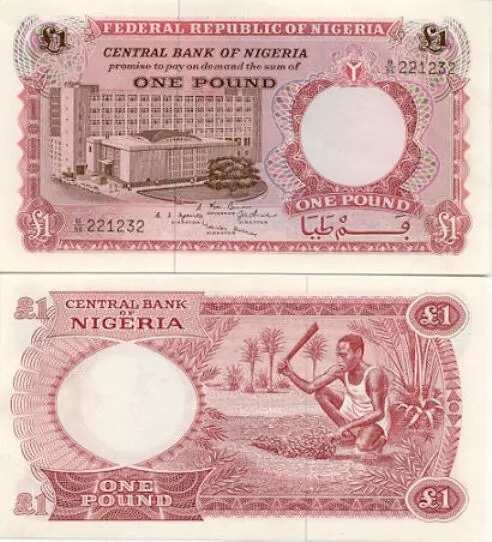
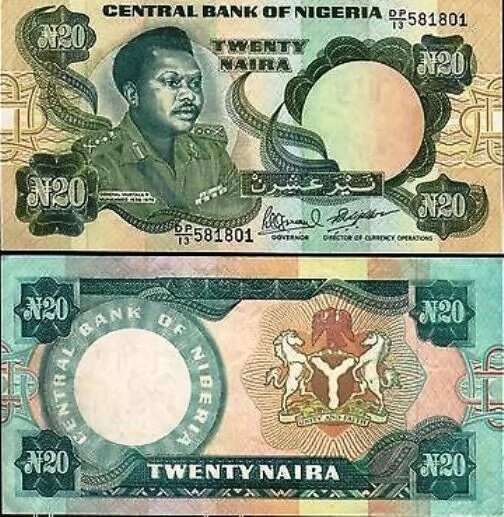
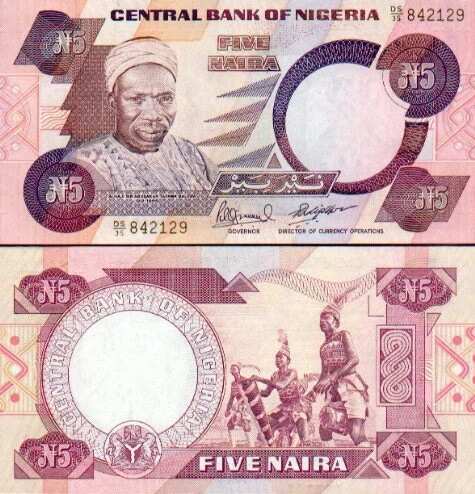
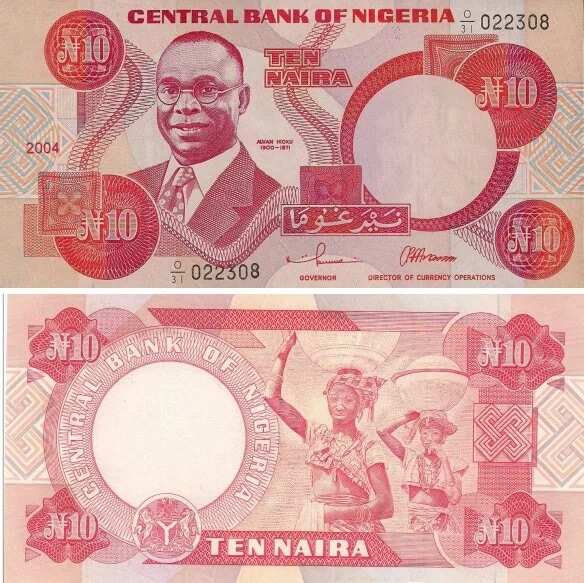
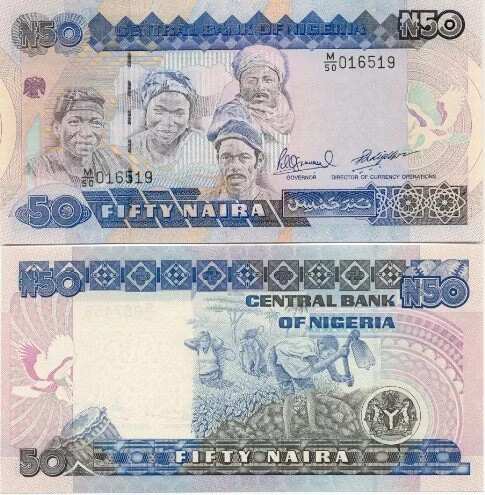

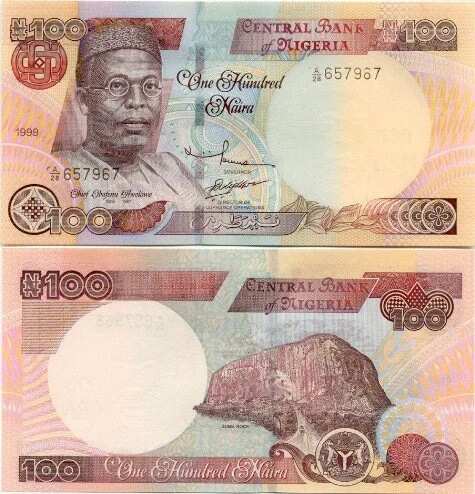

Comments
Thanks for this piece
sure welcome